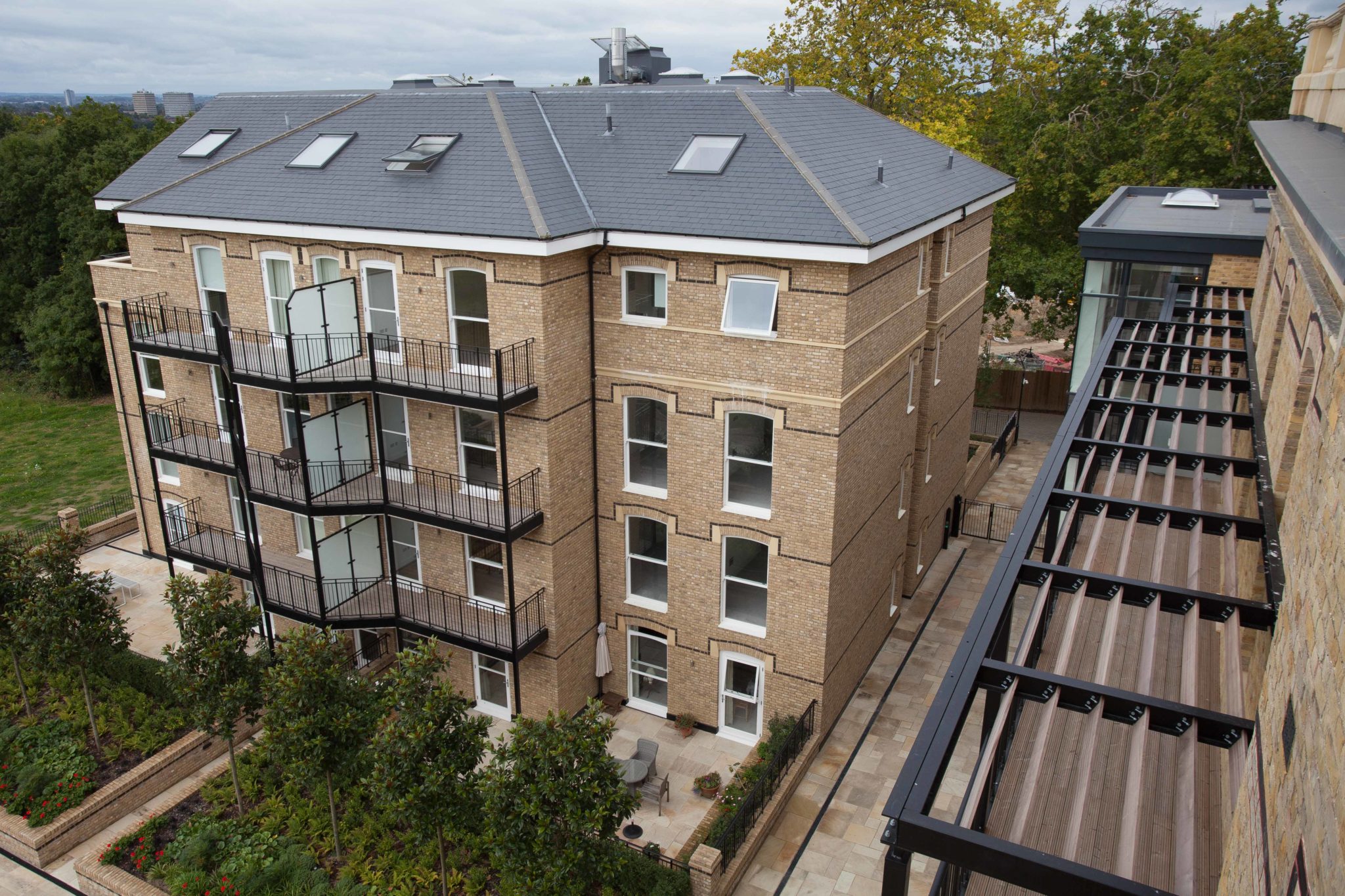Back in November it was supposed to be the budget that sorts out housing. The Chancellor committed £44 billion to help build 300,000 new homes each year. Will this happen and what does it mean for the finishes and interiors sector? Adrian JG Marsh reports.
Nigel Wilson, Legal and General’s chief executive, said: “We have a huge opportunity in housing that we’ve neglected for 30 years. We don’t have an institutional build to rent (BTR) market in the UK. We’re almost the only modern economy that does not have an institutional market in BTR. There will be a huge boom in BTR; foreign investment is going to come flooding into the UK alongside pension fund investment.
“There’s also a huge amount of brownfield land that can have housing built on it. It’s not planning that is the issue; it’s the easiest it’s been for many years. Politicians keep making statements but then the targets are not being built. Demand is there but not enough time has been spent on the supply side.”
Birmingham’s fastest-growing contractor, Colmore Tang Construction (CTC), has an £80 million turnover and is active on 15 sites across the Midlands. It has just completed two residential developments in the city – Fabrick Square in Digbeth, built on the site of the former Harrison Drape factory in Bradford Street, and Ridley House, which overlooks St Thomas’ Peace Garden.
 Andy Robinson, CTC’s chief executive (right), sees the residential market evolving and that clients are looking for a number of things in contemporary housing design. Light, airy spaces are key and designers are intelligently maximising the use of space, particularly with conversion projects, to ensure that the sector delivers functional homes with homeowners looking for quality fixtures and fittings.
Andy Robinson, CTC’s chief executive (right), sees the residential market evolving and that clients are looking for a number of things in contemporary housing design. Light, airy spaces are key and designers are intelligently maximising the use of space, particularly with conversion projects, to ensure that the sector delivers functional homes with homeowners looking for quality fixtures and fittings.
Mr Robinson said: “Cheap and cheerful doesn’t cut it, so we’re delivering premium fixtures from taps to door handles and kitchens. Our substantial pipeline of work also allows us to buy higher quality fixtures and fittings at a price point that others wouldn’t be able to achieve, in turn delivering a better product for the end user. We also understand that maintaining quiet is key. Our work in the hospitality sector allows us to recognise the acoustic requirements, both between rooms and between properties.”
Innovation and technology developments are crucial, a point that Mr Robinson emphasised. He said: “LED downlighting technology is more efficient, longer-lasting and doesn’t generate the heat of a traditional lamp. Flooring and plumbing have also seen innovative developments that result in a better quality finish and make them easier to fit, which helps speed up a build programme.
“Technology is also having a significant impact on design with ‘mixed reality’ now coming to the fore, and we are starting to work with experts in this field to find innovative solutions in product development.”
After last year’s tragic events in West London, delivering standards and meeting necessary regulations is also understandably very topical. Nigel Morrey, technical director at Etex Building Performance, said: “We’re seeing growing scrutiny of fire safety systems across the house building supply chain, both for private and public sector projects. The interim findings from Dame Judith Hackitt’s independent review into the Grenfell Tower fire are yet to be announced but, in many ways, the sector is already starting to self-regulate.
“Across our Siniat and Promat brands, we’ve seen a real step change in the number of customers coming to us looking for systems that are backed up by third party certification and test data to give them peace of mind that they’ll deliver guaranteed, real-world performance.”
The ongoing review of Building Regulations has brought issues to the fore that housebuilders weren’t thinking about before. Manufacturers and contractors are being asked more questions about the best materials to use to minimise smoke and toxic gas emissions as well as fire load.
Mr Morrey agrees. “We’re also seeing a growing number of customers requesting expert guidance on how systems can be adapted to fit the needs of particular projects – with total enquiries for our technical team up by around one third. People are recognising that there are no off-the-shelf solutions for passive fire protection and are starting to be more robust about sticking to specifications,” he explained.
So, clearly, there is an important place for the supply chain, but do clients value it? “Yes, we do look to the supply chain for advice, especially on design, efficiencies and innovation,” commented Mr Robinson. “We really value those conversations because they often bring new ideas, methodologies and products to the table. If we didn’t engage with our suppliers early in any project, we wouldn’t be able to deliver the best product possible for our clients.
Asked what is the most important service subcontractors in his supply chain can deliver, Mr Robinson responded: “While you could argue that quality, budget and programme are equally as important, if subcontractors can provide a service that is consistent in quality throughout the project, this prevents other issues further down the line and therefore cuts out additional, unnecessary costs.”


